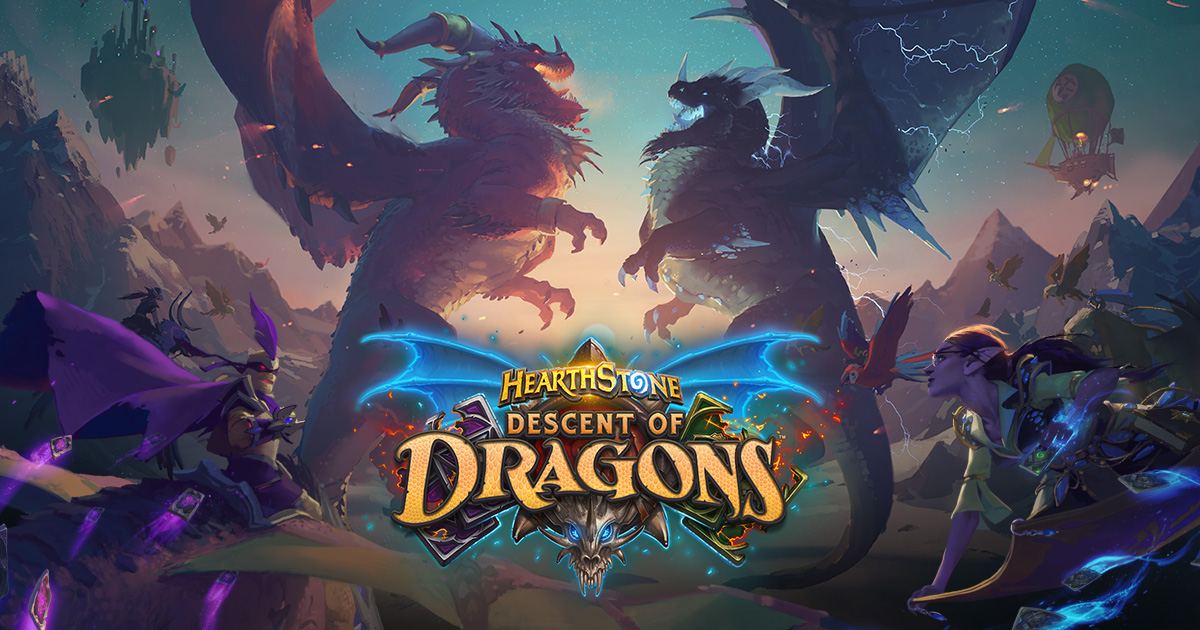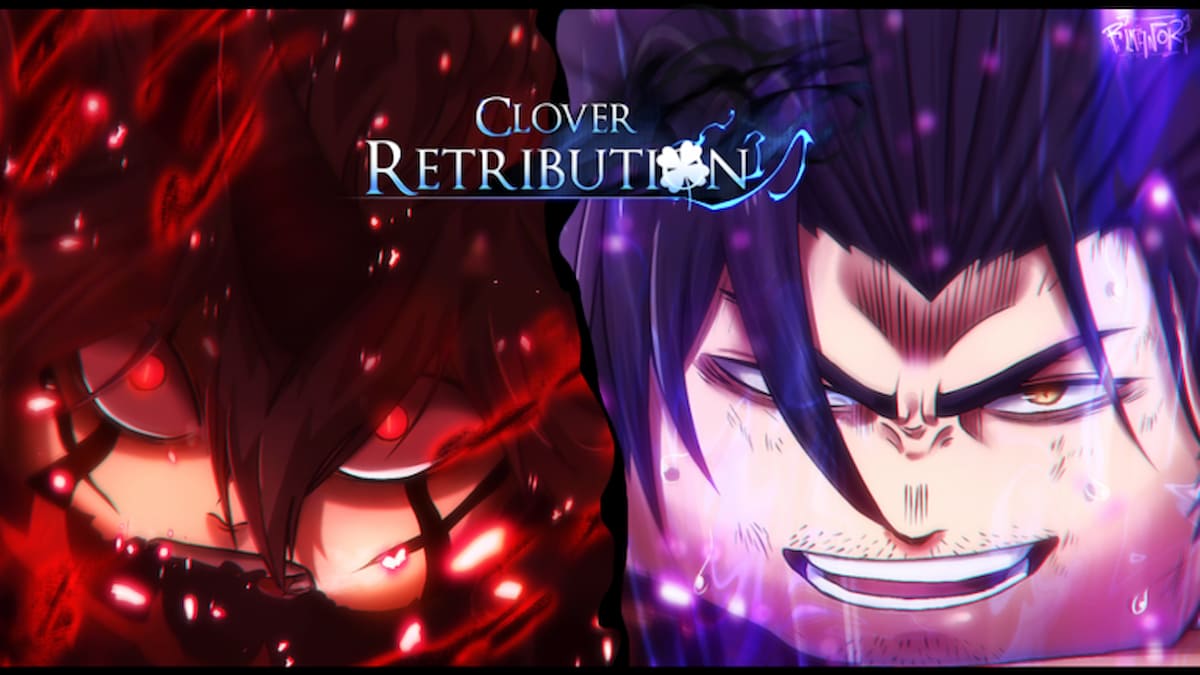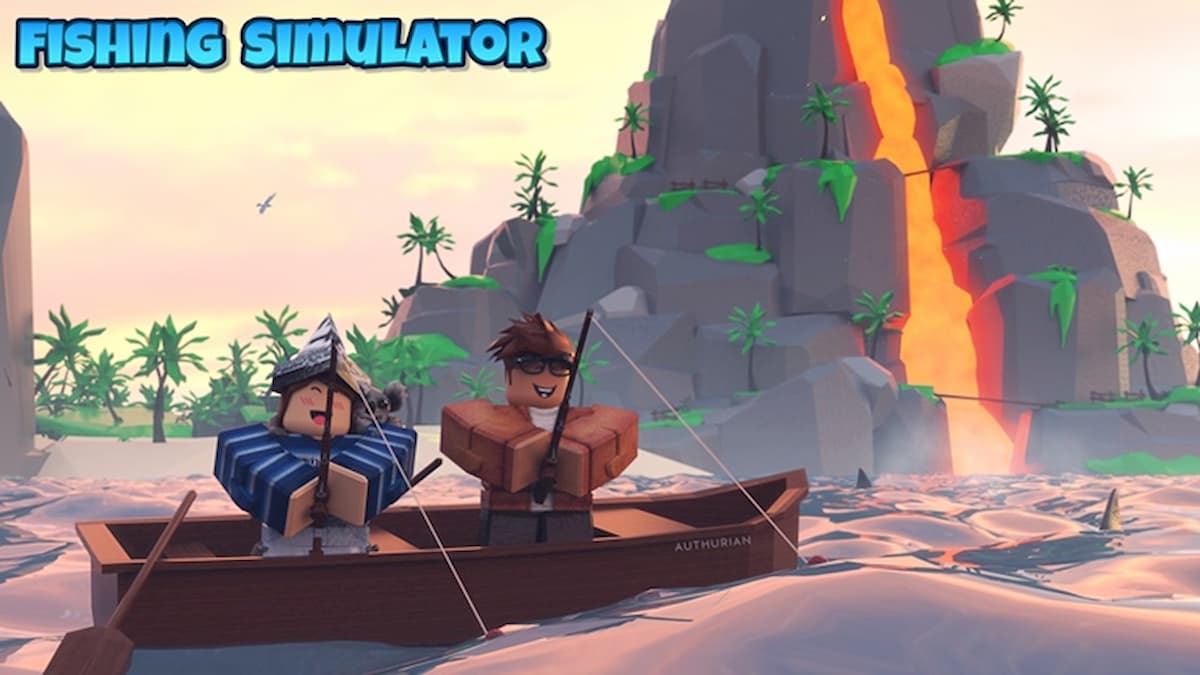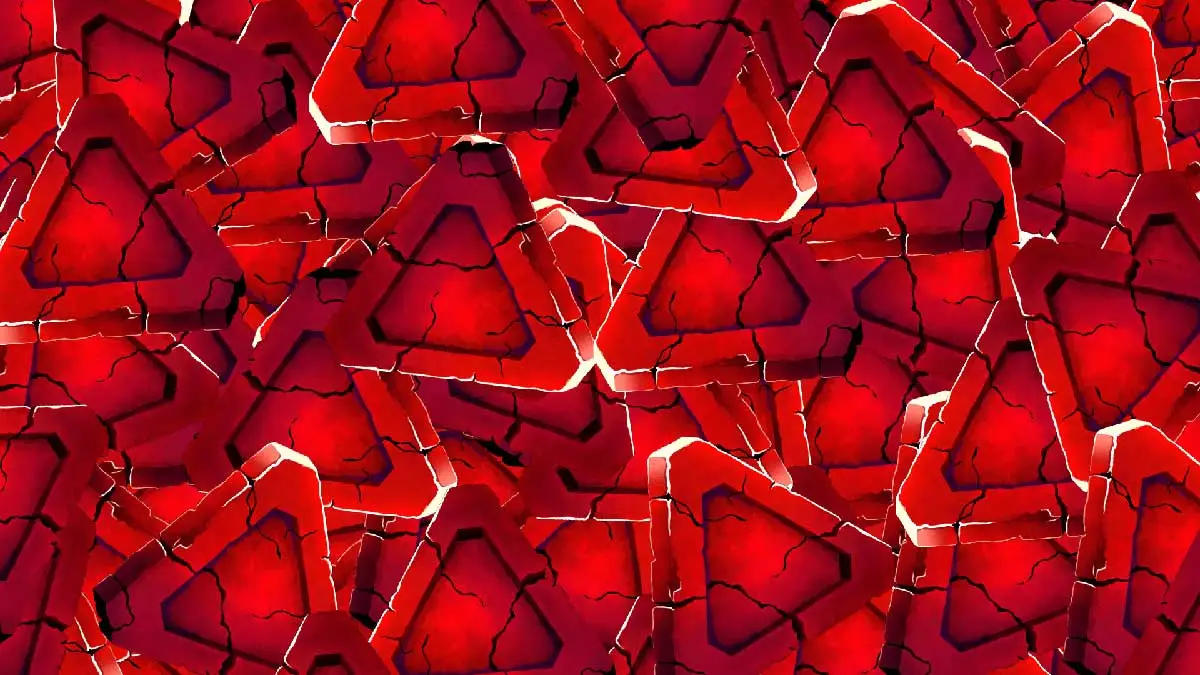Post-nerf, what’s changed in the Ranked meta?
A week out from a nerf, and it’s time to take another look at the meta after the dust has settled. Last we checked in, the meta was reasonably diverse, with a whopping 16 viable decks. The meta was significantly aggro and midrange (mostly the latter) oriented.
But that’s old info. Now there are a whopping 20 viable decks, though spread out more in the Tier 2 category than the nearly even Tier 1 and 2 split from last time. On an even better note. There are now zero classes without a viable deck! Good going, Mage.
However, the cream of the crop is even better this time around. Where previously there were five Tier 1 decks duking it out for supremacy (and at very close winrates to the decks below them in Tier 2), we now have only three: Secret Highlander Hunter, token Druid, and Mech Paladin, all hovering at around a 55% winrate. The difference between the best viable deck (Secret Highlander Hunter) and the worst Tier 2 deck (Aggro Overload Shaman) is now a whopping 5%, almost exactly.
This is likely because of the severe shift to an extremely aggressive meta this time around.
Let’s do a quick breakdown of the classes (in order or highest overall winrate) and their viable decks:
Hunter: Secret Highlander Hunter (midrange T1), Face Hunter (aggro T2), Quest Hunter (aggro leaning midrange T2)
Rogue: Highlander Galakrond Rogue (midrange value T2), Galakrond Rogue (midrange value), Highlander Deathrattle Rogue (greedy combo-y midrange T2), Malygos OTK Rogue (combo T2)
Druid: Token Druid (board focused aggro T1), Embiggen Druid (board focused midrange value T2)
Warlock: Galakrond Zoo Warlock (board focused aggro T2), Hand Warlock (control leaning midrange T2), Galakrond Warlock (control leaning midrange T2)
Warrior: Pirate Warrior (board focused aggro T2), Galakrond Warlock (value midrange T2)
Paladin: Mech Paladin (board focused aggro T1), Pure Paladin (value midrange T2)
Priest: Quest Resurrect Priest (hardcore control T2), Combo Priest (board focused aggro T2)
Mage: Highlander Mage (control with a side of combo T2)
Shaman: Aggro Overload Shaman (board focused aggro)
And the deck distribution:
- Aggro: 7
- Midrange: 10
- Control: 2
- Combo: 1
Keep in mind that while there are technically more midrange decks there than aggro, most of the midrange decks are unusually aggressive for that archetype, with many falling dead center between the two (like Quest hunter).
This leaves games feeling brutally fast-paced unless you’re paired off against one of the control decks or slower midrange types, like Handlock and Galakrond Warlock, and even then they tend to need a pretty good draw to outmatch your aggression.
Key things to take away from this:
- Play an aggressive deck so you can keep up with other decks. Even if you’re angling for a slower game, early board presence is essential to survive.
- Make sure you can deal 2-3 damage to a board at least a couple of times per game. Part of the reason Secret Highlander Hunter is so good is that it has cards like Explosive Trap and Unleash the hounds to punish wide boards like Mech Paladin and Token Druid love.
- Healing, counterintuitively, is less key. Most healing cards are too slow to keep you alive in this board focused game. If you need healing, get it from fast, tempo friendly cards like Zilliax or buffed Vicious Scalehides that gain you health by removing threats.
- As an aggro player, make sure you have a reliable card draw engine, so you don’t get swamped out by decks like Handlock, which have a favorable matchup, but not as much of a crushing one as Priest enjoys.
That’s it for now. I’m excited to see what surprising new decks pop up soon when Galakrond’s Awakening unleashes, but for now, remember to play fast and hard lest ye be overrun.







Published: Jan 17, 2020 12:15 am